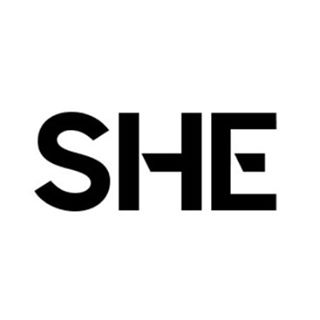October 2020: Jodi Hays - Week 3
Jodi Hays (b. 1976, Hot Springs National Park, Arkansas, United States of America) is a painter whose work is partly influenced by a southern/rural vernacular. Her work has been exhibited internationally including at the Wiregrass Museum, Michael Price Contemporary (Boston) and The Brooks Museum (Memphis). In addition to her work as a painter, Jodi was a founding member of COOP curatorial collective.
^^^^^^^^^^^^^^^^^^^^^^^^^^^^^^^^^^^^^^^^^^^^^^^^^^^^^^^^^^^^^^^^^^^^^^^^^^^^^^^^^^^^^^^^^^^^^^^^^^^^^^^^^^^^
My practice is full bleed. I like to include and expand over the edges of assumed and historic definitions of the discipline of painting. In addition to conventional approaches and materials (stretchers, canvas, linen), I use textiles and found fabrics and materials. They have their own history and emotive content that can complexify.
Both/And, 8”x6”, acrylic on fabric, 2020, Shown at Lab Space NY (private collection)
Sayer, 8”x10”, acrylic on fabric, 2020
The textiles and fabric inclusion has been present in the work for years for the embedded language of the grid and associative content with the home. Kelli Wood recently wrote about a painting for New Art Examiner (“In Tennessee, Art Itself is Protest”)*:
...rectangles of diagrammatic cut canvas and linen painted in blues resemble an upside-down flag with the texture of denim. Hays is a native Arkansan like me, and South of Hope confronts women’s roles in traditional crafting and rural culture through the use of textile and the look of quilted jeans. Hays’ approximately, forever (2020) takes the formal abstraction of collage to its logical end. The grid is both a useful organizing tool and a system of oppression.
South of Hope, 20”x16”, oil, ink and collaged linen on canvas, 2020, Private collection
I work with the grid and the expansive possibilities of painting. Though there are constraints, I like to peek around them. There is a lightness to the burden. Sometimes this move is through painted marks, and sometimes through the use of stripes and bars in textiles (gingham, seer sucker). I take a “sentiminimal” stance on the grid, refreshing it, hashing it, laboring it, letting it lay there. I like the work to be, as CD Wright says, “vagrant in their identifications.” Regarding the grid (and many systems) I have an unstable allegiance.
Vagrant, 8.25” x 8”, paper, 2020
My daily works on paper** mirror my daily habit of reading. I consider them both to be painting-adjacent, fulfilling and dependable. Sometimes they lead my practice like a finger through a horse’ halter, gently swaying the largest beast through facture, a staple, handwriting, a pattern. It is about a kind of knowledge. And, as Toni Morrison reminds us “Knowledge, however mundane or utilitarian, plays about in linguistic images and forms cultural practice. Responding to culture--clarifying, explicating, valorizing, translating, transforming, criticizing--is what artists everywhere do…”***
* A group show, Breathless at The Red Arrow Gallery (curators Katie Shaw and Ashley Layendecker)A group show, Breathless at The Red Arrow Gallery (curators Katie Shaw and Ashley Layendecker)
** But really, anything goes
*** Writing in the Dark: On Whiteness and the Literary Imagination







